Someone asked me in email about gunsmithing/armorer courses. I thought about it a minute and realized that, for me, while I know enough to (usually) get a gun apart, back together, and diagnose problems, I try to avoid the issue altogether by selecting guns that don’t usually require ‘gunsmithing’.
If the end of the world happens to occur, the odds are pretty good that taking your malfunctioning thundertoy to the services of a competent gunsmith will not be an option. So, whats a survivalist to do? Well, the most obvious thing is – don’t break your gun. Some guns are more prone to breakage than others. But since we can’t always be confident our gun won’t break, the next reasonable step is to have a gun that, if it does break, does not require gunsmithing but rather a simple parts swap. For that, two guns spring to mind – the typical survivalist pairing of a Glock and an AR. (Yes, an AK wins on durability, but when it does break youre going to need a welder, rivets, a mill, or other specialized treatments.)
Starting with the AR, it’s hard to think of any other semiautomatic non-pistol-caliber carbine that doesn’t require the services of a full-service gunsmith to tweak, maintain, or repair (note I am not talking about making a match-grade target AR..I’m talking about just a rack-grade hand-it-to-a-grunt level of AR.). FAL, G3, AK, whatever…most of the common ‘battle rifles/carbines’ require some degree of professional skill to swap a barrel, or fit internal parts that need replacing. The AR is pretty much plug-n-play. I suppose the metric to be used is ‘can I repair this without needing a lathe or a milling machine’? Bad barrel on the AR? Swap the upper or change out the barrel. Broken sear or somesuch? Trigger group parts drop in. There seems to be, in my experience, very little, if anything, that requires hand-fitting or machining to be done to keep, or return, an AR to functionality.
Even more so with the Glock. If you’re building some type of uber Glock for competition, maybe theres things you want to polish or hand-fit. But for running around during a crisis I don’t believe theres a single part on the Glock that wont just drop in and function. To be fair, virtually every modern polymer gun is like that, though. Glock seems to have gotten it right first, though. The antithesis of this would be the 1911 which, with modern machining specs, has improved in terms of drop-in parts but I would bet you money that you could take a stripped frame, order a buttload of Wilson parts from Brownells, put it all together, and it won’t run because something, somewhere needs a bit of stoning or metalwork. Not so with the Glock.
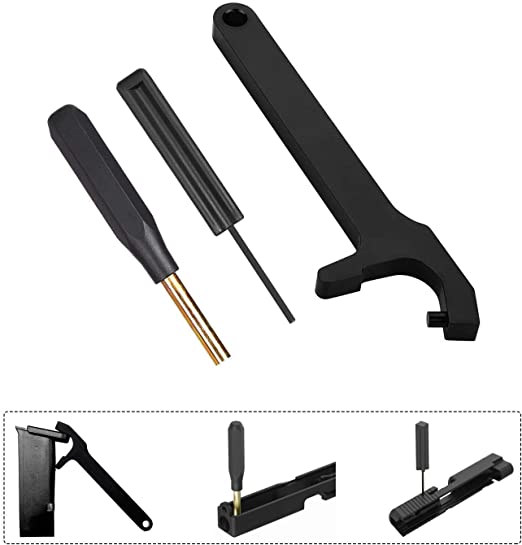
Typical Glock repair kit
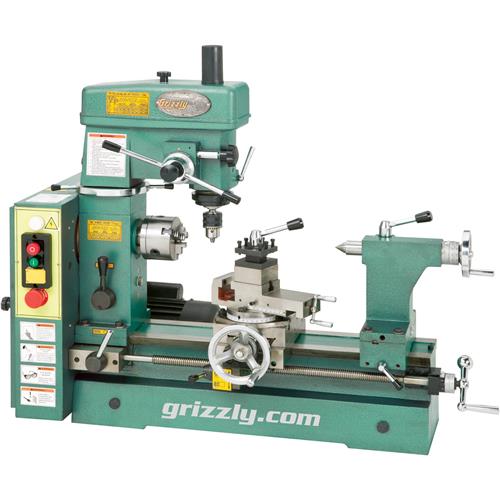
Typical 1911 repair kit
So, for me, my need for learning advanced gunsmithing skills is obviated a bit by selecting guns that, broadly, don’t require them…or require so little of them, skillwise, that it isn’t a challenge (or expense) to develop those skills and acquire the tools.
Shotguns? A bit trickier, but I have taken apart a lot of Mossberg 500-series and they’re pretty plug-n-play as well. Not as much as an AR, but Id say they are the least ‘skill intensive’ shotgun in terms of repairs.
When you get into things like hunting/’sniper’ rifles, all bets are off. The Savage series of rifles are probably the easiest to deal with since you can headspace and remove/install barrels with simple tools and not need a mill/lathe operation.
By the by, even if youre not a tinfoil-hat-type like yours truly, there are still some scenarios where you won’t have gunsmithing as an option even without bombs falling and boogaloos in the street.
Under a Biden administration, for example, your AR or FAL becomes a ‘Turn them all in‘ sort of item and then your option of taking it to a gunsmith is about as viable as taking your unregistered machinegun in for a tune up. You’re either stuck with a broken gun, have to find an ‘underground’ gunsmith, or DIY. And DIY is a lot easier with a Lego gun.
Whatever you get for that upcoming uncertain future, keep in mind how easy (or not) it will be to repair and maintain. For now, I’d say the Glock and AR kinda sit at the top.
 Uhm…okay. I’ll take them all. So that works out to about $0.83 for one new pint jar, ring, and lid. I’m good with that.
Uhm…okay. I’ll take them all. So that works out to about $0.83 for one new pint jar, ring, and lid. I’m good with that.


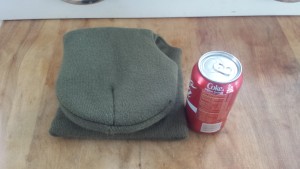
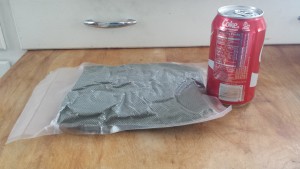
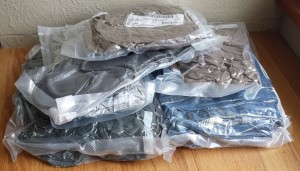






 From there, under “Manage Rules”, are the rules I made:
From there, under “Manage Rules”, are the rules I made: And here’s the actual rule saying that if the value in that cell is equal to 90%, or more than 90%, make it green:
And here’s the actual rule saying that if the value in that cell is equal to 90%, or more than 90%, make it green:
